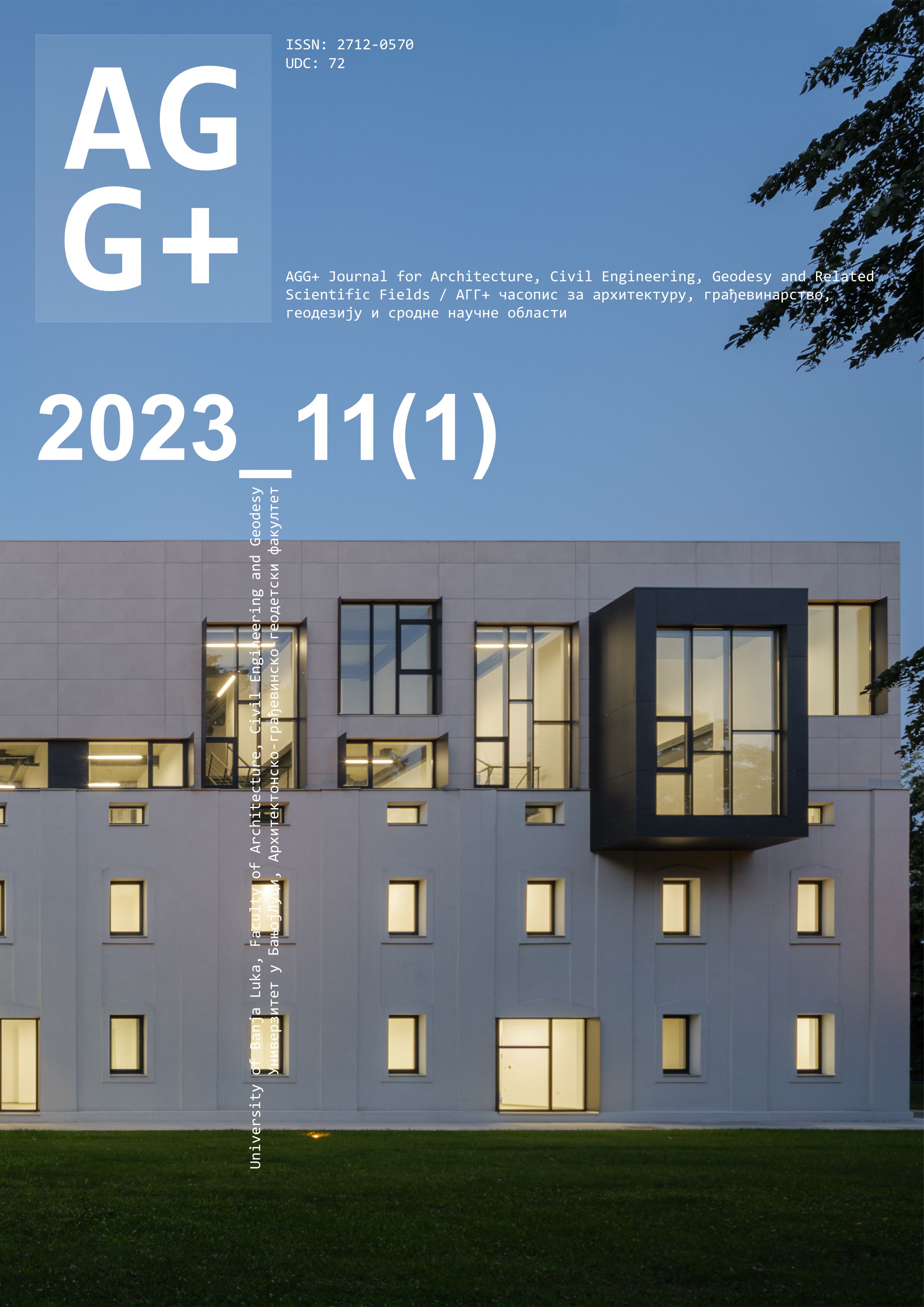Institute for Protection of Cultural, Historical and Natural Heritage of Republic of Srpska , Banja Luka , Bosnia and Herzegovina
The discipline of preserving cultural monuments faces the challenge of large-scale contemporary and living heritage, which should be adequately documented and evaluated in order to be effectively protected and preserved. The valorization of architectural heritage, especially its most modern part, requires extensive consideration and estimation due to unstable social conditions, frequently changing purposes and temporal devastation. Many reasons can greatly affect our experience of the past as well as the conclusions, judgments and values we attribute to its monuments. This paper explores approaches to evaluating post-World War II architecture using the example of the Presidential Palace in New Belgrade. The research goal is to contribute to the objective valorization of the building based on different perceptions of the built structure and its surroundings through time, as well as specific meanings and emotions it causes for contemporaries.

This work is licensed under a Creative Commons Attribution-NonCommercial-ShareAlike 4.0 International License.

The statements, opinions and data contained in the journal are solely those of the individual authors and contributors and not of the publisher and the editor(s). We stay neutral with regard to jurisdictional claims in published maps and institutional affiliations.